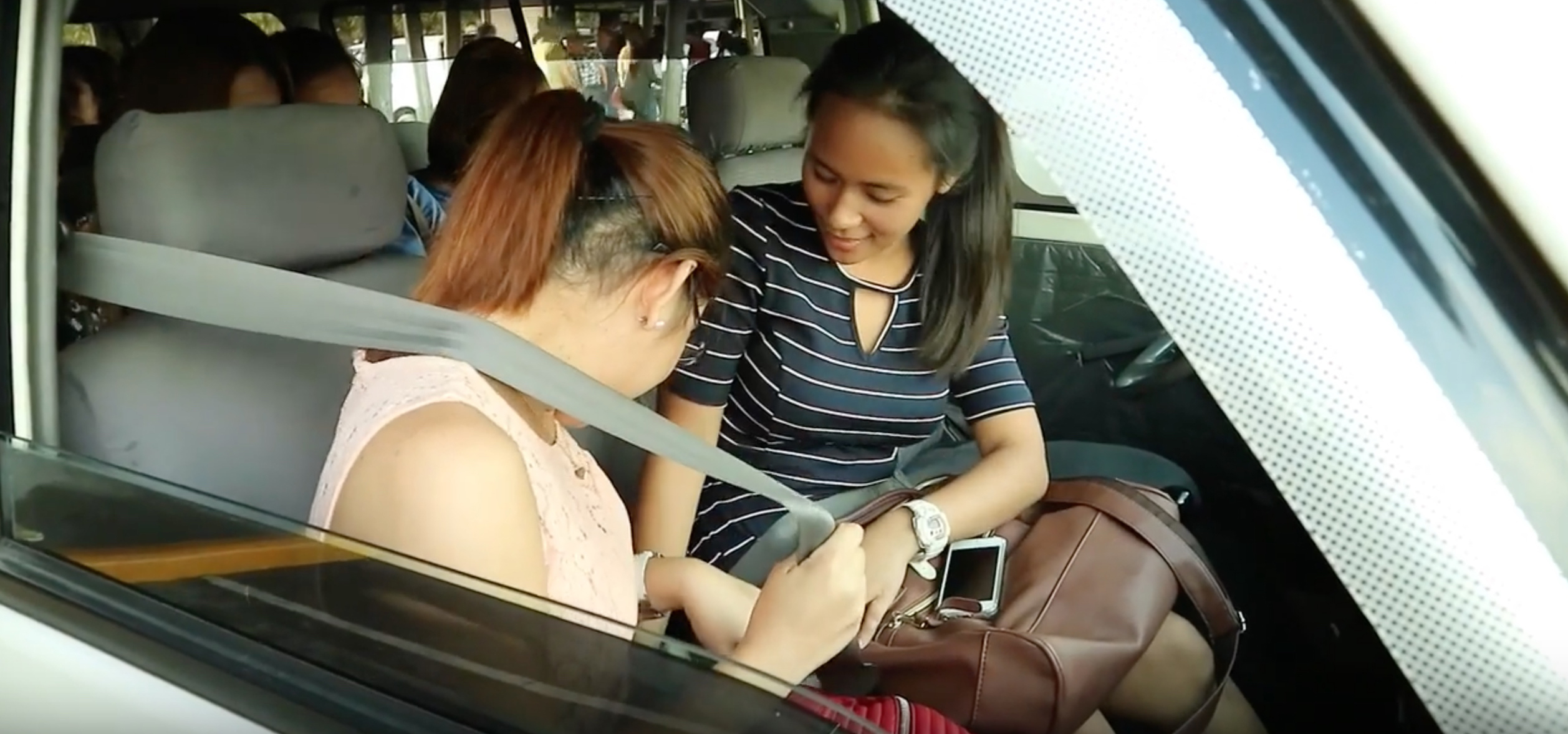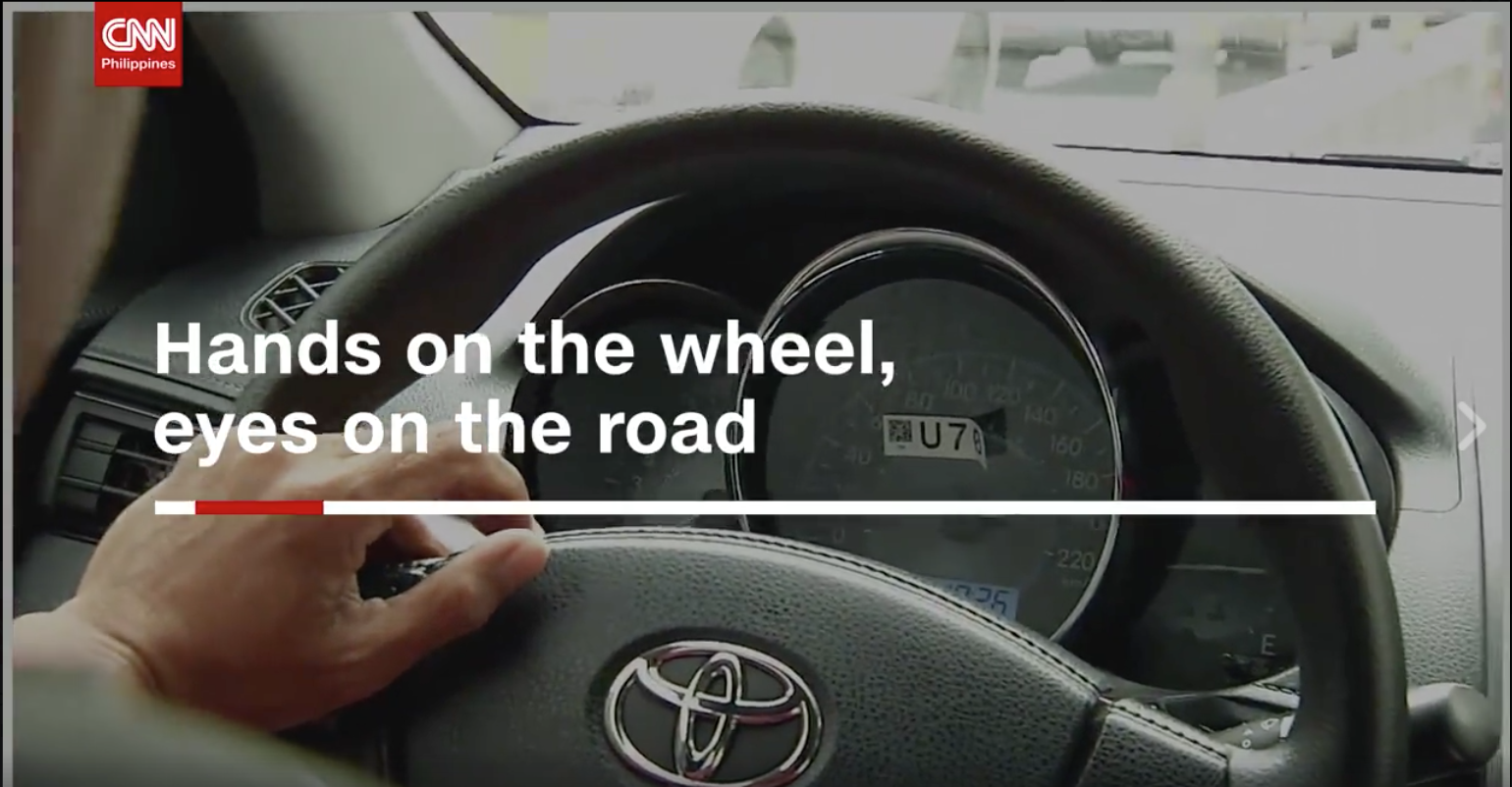Bumper-to-bumper traffic jams, almost nowhere to park and rising oil prices.
This is the reality that faces the modern motorist.
While the Duterte administration has passionately vowed to improve public transportation, many people who can afford it still turn to buying and driving their own car, wooed all the more by easy-to-pay financing schemes.
And among the easiest cars to buy are A-segment cars, also known as supermini hatchbacks, such as the Mitsubishi Mirage, Toyota Wigo, Honda Brio, Chevrolet Spark and Suzuki Celerio.
Capable of threading through tiny streets, parking in the smallest of spaces and having exceptional fuel economy and low maintenance costs, more and more of these little cars are seen on Philippine roads, often with first-time drivers and young professionals behind the wheel.
But those tantalizingly low prices are actually a result of a problem that plagues the local car industry: inconsistent vehicle-safety standards.
Car with no star
Among the cheapest of the superminis is the ₱508,000 Hyundai Eon.
With its cutesy styling, an 814 cc inline-3 petrol engine and space for four, it fits the bill for people who just want to go around town, but don’t want to take the bus or face the perils of riding a motorcycle.
However, the Eon’s metal and plastic shell may not necessarily be less perilous, according to the ASEAN New Car Assessment Programme (NCAP), which is part of an international group that tests the safety of new cars.
In fact, ASEAN NCAP drove a Philippine-market Eon into a crushable aluminum barrier at 64 km/h in a May 2016 test.
After going through the crushed metal and broken glass, the group gave the Indian-made Korean supermini zero out of the maximum four stars for Adult Occupant Protection.

The Hyundai Eon got zero out of four stars in the ASEAN NCAP crash test due to poor protection for the driver.
The star rating is a result of how well a vehicle protects front-seat adult occupants in a crash. Test dummies with special sensors are used to measure impact forces to various limbs, with protection ranging from “poor,” “weak,” “marginal,” “adequate,” and “good.”
In its report, the group found that although the Eon gave the front passenger “marginal-to-good protection,” the driver got “poor” protection because of the excessive deformation of the passenger compartment, resulting in the dashboard and the pedals inflicting serious trauma to the test dummy.
This issue was compounded by the vehicle not being equipped with airbags, which are likewise unavailable in Eons locally. However, a driver’s airbag is available in other markets.
In a 2013 report, the U.S. National Highway Transportation Safety Administration found that wearing a seat belt and airbags halved the risk of being killed in a frontal crash.
CNN Philippines reached out to Hyundai Philippines to get their comment on the Eon’s crash-test result, but the company has yet to respond.
Small but strong
Although the A-segment may seem alike, some superminis are better than the others.
The Toyota Wigo with front airbags got four out of five stars in the revised ASEAN NCAP crash test.
For instance, the Mitsubishi Mirage is much like the Eon on paper. It, too, has a 3-cylinder engine, room for four and cute-as-a-button styling.
However, the Mirage scored four out of four stars for Adult Occupant Protection in the same ASEAN NCAP front-impact test.

The Mitsubishi Mirage got top marks in the ASEAN NCAP crash test, partly because of its standard front airbags.
Aside from having a stronger passenger compartment, the tested Mirage had dual front airbags as standard, which helped provide “good” protection for the driver and “marginal-to-good” protection for the passenger.
All Mirage cars sold in the Philippines come with airbags as standard.
No standard
Part of the reason for this hodge-podge of safety features in Philippine-market superminis is down to legislation.
The only law that mandates vehicle safety equipment is Republic Act 8750 or the “Seat Belt Use Act of 1999,” which requires all cars sold in the Philippines to have seat belts in the front and rear seats.
In other countries, life-saving safety features like airbags and electronic stability control — a system that prevents vehicles from slipping out of control, especially in wet conditions — are mandated in all new cars.
Alberto Suansing — secretary general of the Philippine Global Road Safety Partnership (PGRSP), a non-government road-safety group — said passing a law in the Philippines mandating these safety features would significantly reduce injuries in road crashes.
However, the PGRSP does not have any data regarding the effects of safety features in road crashes.
Meanwhile, CAMPI President Atty. Rommel Gutierrez told CNN Philippines a new law isn’t necessary and that existing legislation, such as Republic Act 4136 or the “Land Transportation and Traffic Act,” only needs to be strictly implemented.
“R.A. 4136 and other administrative issuances also mandates compliance of certain safety standards prior to initial and renewal of vehicle registration,” he said. “Other mandatory standards include for tires and automotive glass that should conform to Philippine National Standards.”
Gutierrez added the car industry continuously strives to build safer cars, but that production planning costs should be considered.
“The manufacturers/assemblers of motor vehicles always aim to produce better and safer cars,” he said.”Vehicle safety has always been a priority. Requirements of additional safety features must be considered in the production planning and distribution of vehicles.”
Indeed, Suansing said additional safety features could lead to higher car prices, which is something the car industry is fighting off with the proposed higher excise tax on cars by the Department of Finance.
For instance, the cheapest Mirage is ₱52,000 more than the Eon.

The Suzuki Celerio is slightly more expensive than the Hyundai Eon, but has anti-lock brakes and airbags as standard.
However, the Suzuki Celerio, which also comes with dual airbags and anti-lock brakes as standard, is just P6,000 more than the Hyundai.
The Celerio, however, has not yet been tested by ASEAN NCAP.
Industry lobby
To help remedy the startling gaps in vehicle safety standards, the United Nations Economic Commission for Europe is currently formulating a global framework for all new cars — including those built for developing countries, which typically have lower safety standards to reduce cost — through the World Forum for Harmonization of Vehicle Regulations or WP.29.
Gutierrez said the Philippines, which is not a signatory to WP.29, should take part in this global movement and that CAMPI has lobbied the government to join it.
“With harmonization of standards and regulations, it will be easier to comply and possibly reduce costs of compliance,” he said. “The same standards of evaluation and testing of certain safety device may dispense the same process to be conducted in a particular country.”
Gutierrez added that CAMPI has submitted a certificate of conformity to join WP.29, but the Department of Transportation has yet to respond.
Suansing said joining the forum could increase the cost of new cars.
“Operational costs need to be considered,” he said. “Adding up safety features increases cost. Who would buy it?”
Suansing added that despite this, a law is necessary to minimize costs to society.
“If there is no law, it is the manufacturer’s discretion as to whether or not they want to fit safety features,” he said. “Legislation is the most effective way to make carmakers move. Such a law could reduce costs to the government in terms of medical care for those injured in road crashes.”
This story, first published at CNN Philippines, is produced under the Bloomberg Initiative Global Road Safety Media Fellowship implemented by the World Health Organization, the Department of Transportation and VERA Files.





